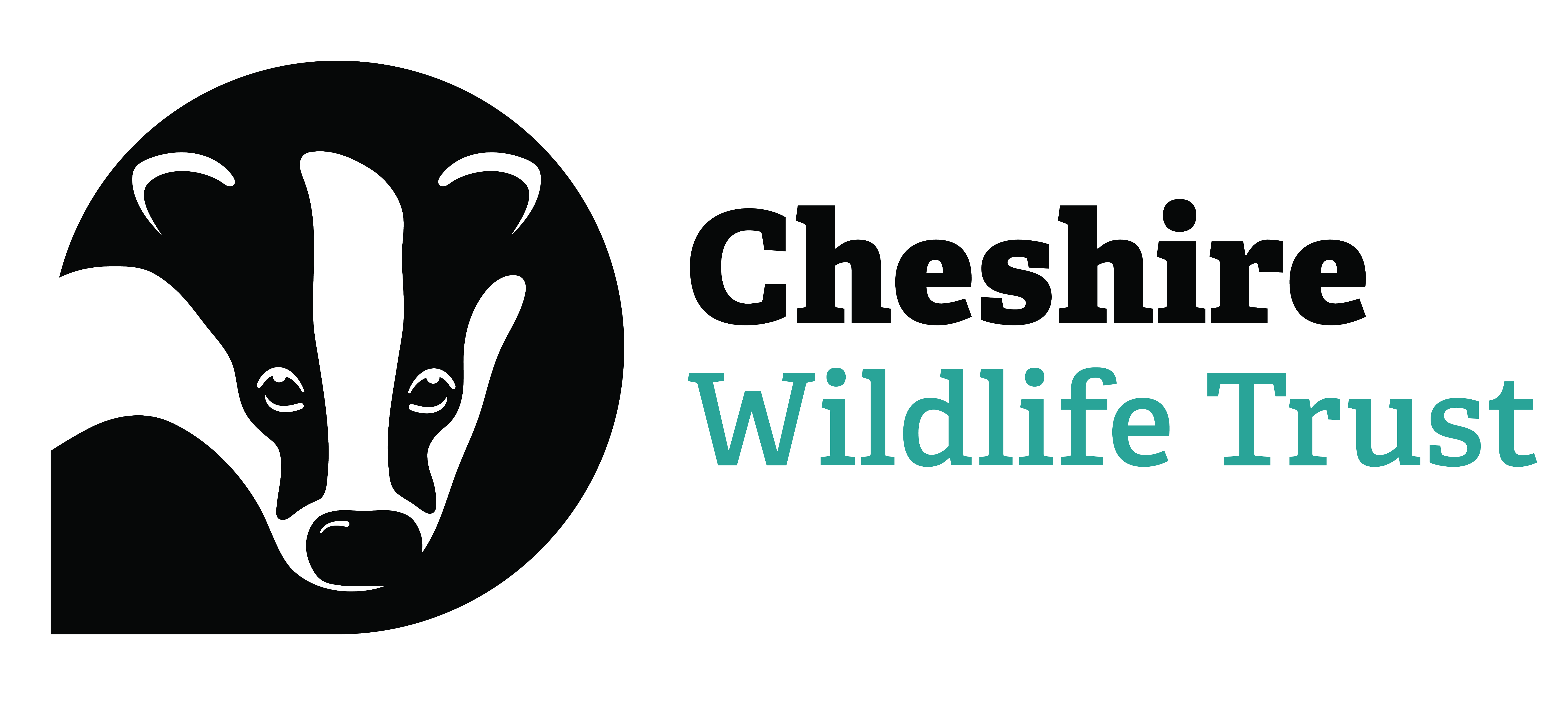Firstly, please could you introduce yourself and tell us a little bit about what you’ve been working on?
My name is Walter Gibson and I am a churchwarden at St John and the Holy Cross Church, Cotebrook, which is part of the Parish of Tarporley. In 2022, our church joined the Eco Church programme, run by the charity A Rocha. This programme is designed to encourage and support churches to reduce their impact on the world around us. Every aspect of church life and responsibility is included – land, worship, buildings, community and lifestyle.
This is when we began to think about our land – the churchyard – and how we maintain it. We wondered whether we could do more to support wildlife while still meeting the needs of relatives of loved ones who are buried there, and visitors who come for quiet contemplation. It is this balance that we are striving to get right. Up until this point, our focus had only been on keeping the grass short and the churchyard tidy. We had not really thought about it being a home for wildlife.





